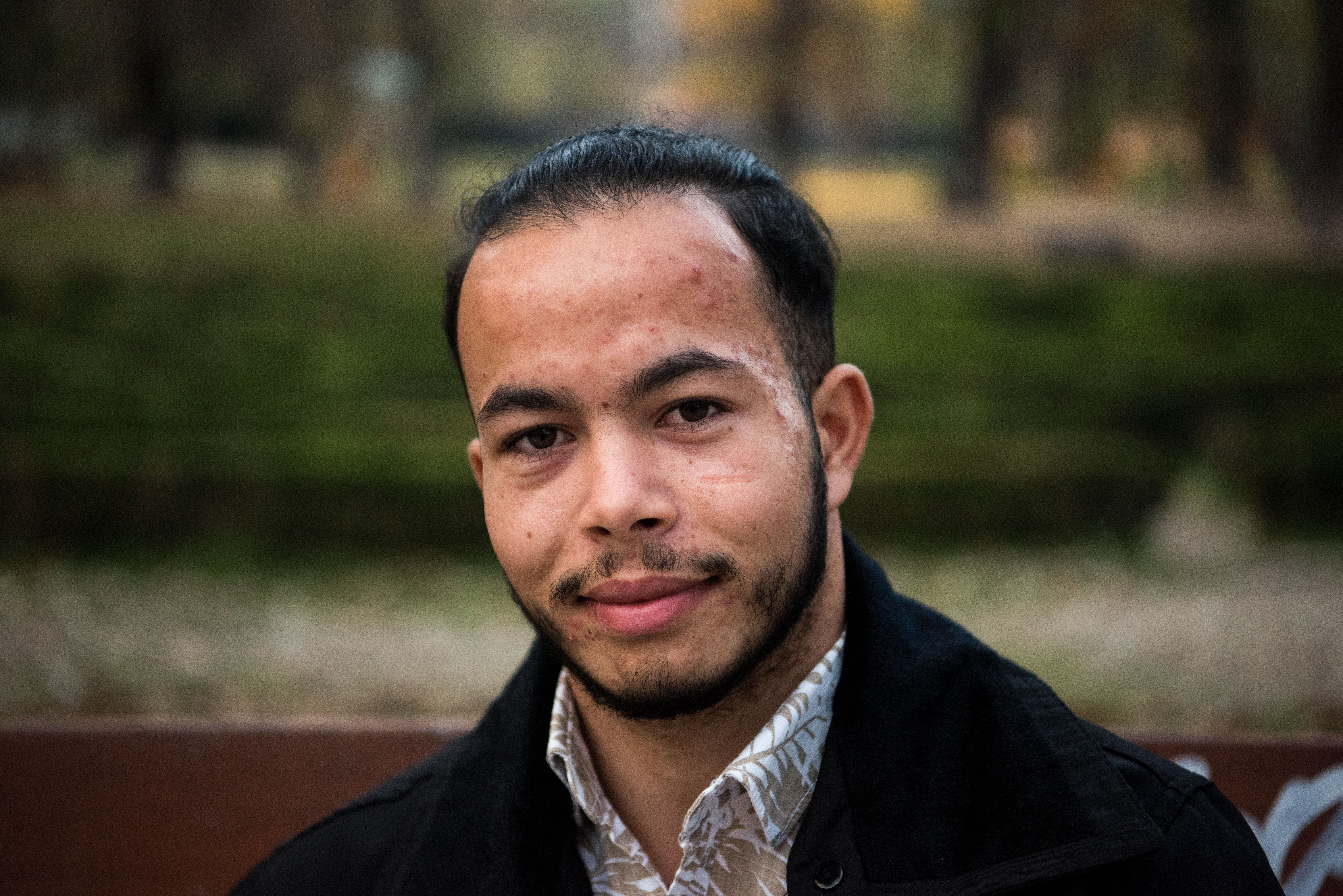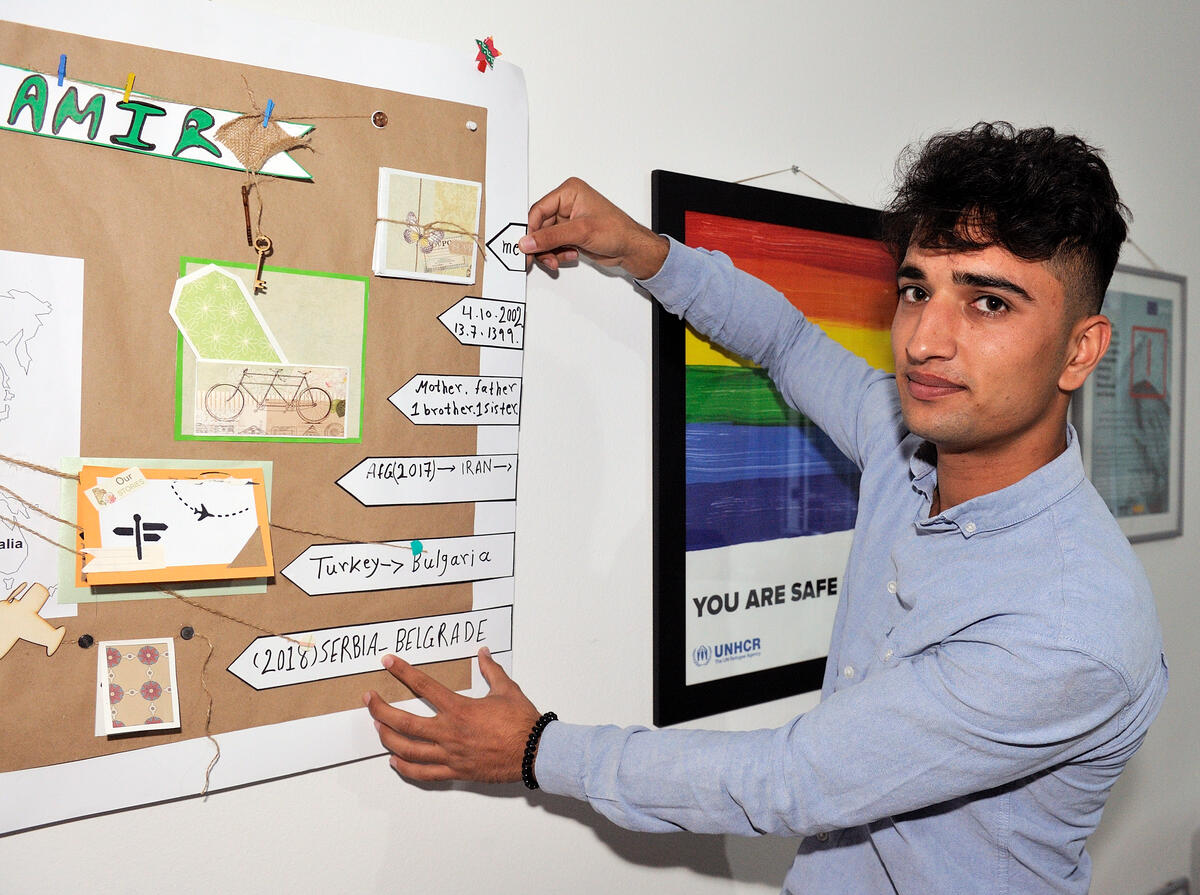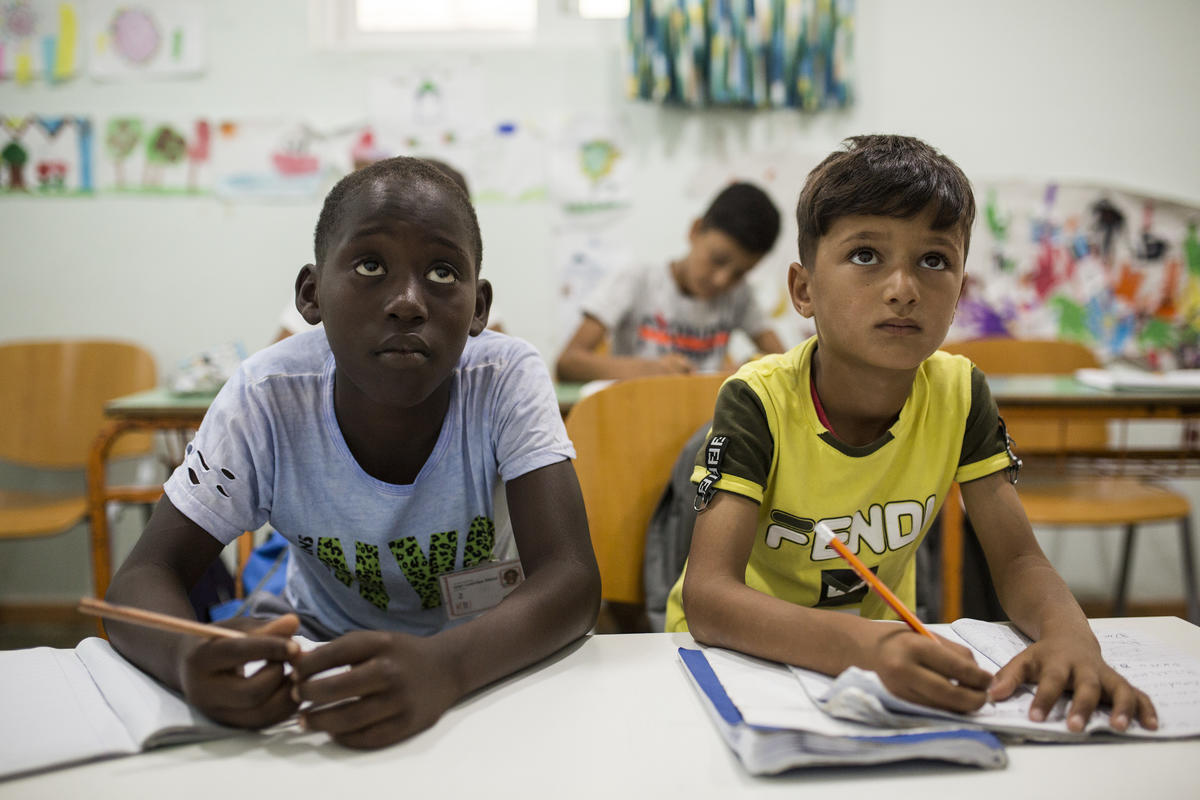Kosovo Crisis Update
Kosovo Crisis Update
Returns from abroad
UNHCR is convening a meeting in Geneva on 12 July with representatives of the 28 countries which have received Kosovar refugees under the Humanitarian Evacuation Programme (plus Hungary, which has received Kosovars although not under the HEP), the government of the FYR of Macedonia and IOM to discuss organized repatriation of Kosovar refugees and asylum seekers wishing to return from abroad.
As more and more Kosovar refugees and asylum seekers ask for help from their host governments, UNHCR and the International Organization for Migration to repatriate, there is an urgent need to work out a co-ordinated process for their return, in view of the potential numbers involved, and to organize - at least for the time being - their transit through the FYR of Macedonia.
Over 91,000 Kosovar refugees were moved to third countries from the FYR of Macedonia under the HEP. In addition, there are large numbers of Kosovar refugees and asylum seekers in European countries, in particular in Germany and Switzerland, many of whom may wish to return home. During the period 1 January 1998 - 31 May 1999 alone, 146,000 citizens of the FR of Yugoslavia applied for asylum in Europe, most of whom were Kosovo Albanians. Around 48,000 of these applications were lodged in Germany, and 33,000 in Switzerland.
On Tuesday, the Italian government flew to the FYR of Macedonia 548 refugees from the camp in Comiso, Sicily - the first Kosovars to repatriate voluntarily after having left under the evacuation programme. The UNHCR Gnjilane office worked late into the night, with the NGO International Rescue Committee, to help transport the Kosovars to their homes. On Wednesday, another group of 498 refugees left Sicily on three flights for Skopje.
Also on Tuesday, IOM organized the return of a small group of Kosovars from Austria. On Wednesday, 275 refugees returned voluntarily from Canada, which had taken in around 5,500 refugees under the evacuation programme. A chartered flight left Toronto with 175 Kosovars and picked up another 100 at Halifax, Nova Scotia.
Thursday, a first flight of returnees from Germany is due to bring around 160 Kosovars back, via Skopje.
FYR of Macedonia
Around 2,400 refugees returned from the FYR of Macedonia to Kosovo on Wednesday. They included 68 refugees who joined the UNHCR-IOM repatriation convoys returning to homes in Pristina, Urosevac, Kacanik, Gnjilane, Podujevo and Prizren. So far, 2,685 refugees in the FYR of Macedonia have joined the organized return convoys. The number of Kosovar refugees remaining in the FYR of Macedonia has fallen to just over 12,000, according to estimates of the UNHCR office there.
UNHCR Skopje, continuing the supply run to Kosovo, dispatched 25 trucks to Kosovo on Thursday carrying tents, blankets, soap, hygienic kits and plastic sheeting. Six trucks went to Prizren, six to Pec, nine to Pristina and four to Urosevac. On Wednesday, 13 aid trucks were sent to Kosovo, including three to Prizren, two to Djakovica, two to Pec, five to Pristina and one to Urosevac.
Albania
A total of 6,778 refugees in Albania returned on Wednesday to Kosovo. They included 729 Kosovars who joined convoys organized by UNHCR, its implementing partners and international troops known as AFOR.
So far, more than 366,000 refugees have returned from Albania to Kosovo. Those joining the convoys come from camps in central and southern Albania and proceed by train and AFOR aircraft to Kukes, where they are taken by buses and trucks mainly to Prizren, Pristina and Urosevac. On Wednesday, destinations were expanded to include Djakovica and Pec in western Kosovo.
Among those who went back to Kosovo on Wednesday were three busloads of returnees who joined a Saudi-sponsored repatriation. One bus broke down at 9 p.m. en route from Kukes town to the Morini crossing, which takes about an hour to negotiate. The bus was repaired after an hour and proceeded with the rest of the convoy.
The nightly movements of repatriation convoys are increasing after KFOR authorized a 24-hour traffic into Kosovo from Morini. But with security problems prevailing in Kosovo, UNHCR has issued warnings to NGOs transporting returnees about the dangers of nighttime travel and has urged NGOs and local authorities to co-ordinate return movements which they organize with UNHCR, so that UNHCR offices in receiving areas in Kosovo can be informed in advance.
Republic of Montenegro
The first organized repatriation convoy from Montenegro safely transported 407 Kosovars to the western town of Pec and nearby Istok on Wednesday. There were 545 others who went on their own back to Kosovo.
So far, around 20,600 Kosovars in Montenegro have gone back since late last month.
As the Kosovars return, arrivals of members of minority groups from Kosovo continue. On Wednesday 37 people, mainly Serbs and Roma, came to Montenegro, bringing the total arrivals to around 22,000. About half of the new arrivals have reportedly moved on to Serbia proper.
Kosovo
Despite a generally improved security situation in Kosovo, tensions remain high in areas where there are minority communities of Serbs or Roma (Gypsies).
UNHCR staff on Wednesday reported a number of incidents. In Urosevac south of Pristina, around 5,000 Kosovars mounted a protest in the city streets against the presence of the Russian contingent of KFOR, the international security force in Kosovo. In Kosovska Mitrovica in northern Kosovo, a stone-throwing incident was reported between 150 Serbs and 80 ethnic Albanians on the bridge separating the the two communities in what is now a divided town. In Pristina, two Serbs were reported to have been kidnapped by ethnic Albanians, and in the western town of Pec, UNHCR field officers found the burned corpses of four Serbs two days after they had reportedly been murdered in their homes.
In various places, minority groups being monitored by UNHCR are living in increasingly perilous situations. UNHCR field officers reported that in Prizren, in an unusual development during daylight hours, five houses were set on fire Wednesday afternoon in the Serbian neighbourhood, just above the Orthodox seminary visited by High Commissioner Ogata on Monday.
In Orahovac, where Russian troops are due to deploy, around 80 percent of the pre-war ethnic Albanian population of 25,000 are estimated to have returned, to the half-damaged town. There are still around 3,000 Serbs in Orahovac, all gathered in the same neighbourhood near the town centre. UNHCR staff reported that seven empty Serb-owned houses were seen burning in the night between Tuesday and Wednesday. The Orahovac area was the scene of alleged massacres including in the village of Pusto Selo where on March 31, more than 100 men are reported to have been killed.
UNHCR staff on an assessment visit around Gnjilane said villages where there are pockets of Serbs and Albanians were tense although the town itself appeared stable.
In the village of Zhegre, 10 kilometres south-west of Gnjilane, most of the Albanian villagers have now returned (pre-war population 6,000). More than 400 Serbs left in the last several weeks, fearing reprisals. Kosovars are now occupying Serb houses that have been left vacant.
UNHCR continues, together with KFOR, to make every effort to enable minority groups to stay in their homes in Kosovo. But in the wake of the increasing number of incidents where minority groups, particularly Serbs - including ethnic Serb refugees from Croatia and Bosnia and Herzegovina - and Roma, have been placed in life-threatening situations, UNHCR is faced more and more frequently with the difficult question of when and whether to help in the evacuation of such persons.








